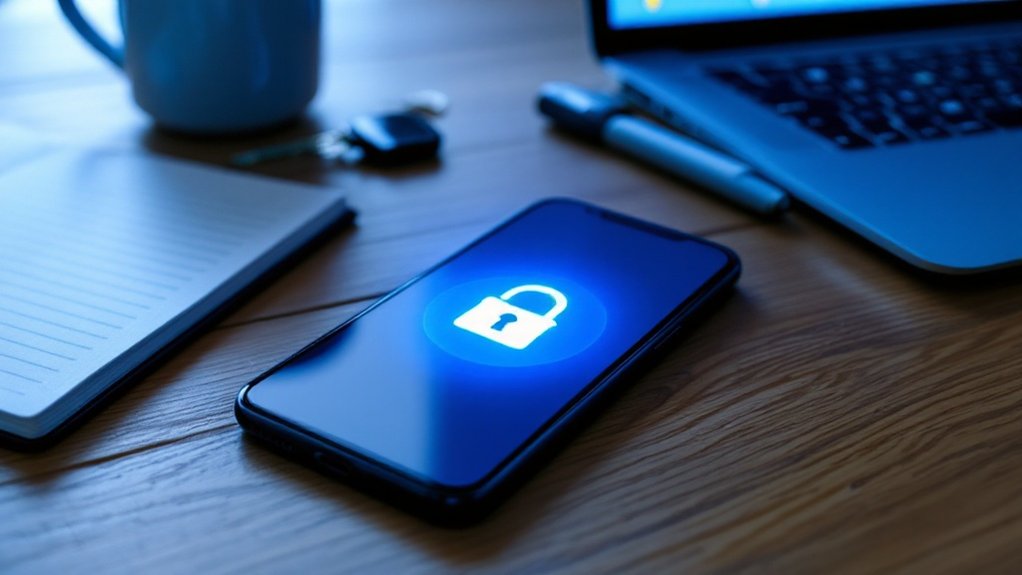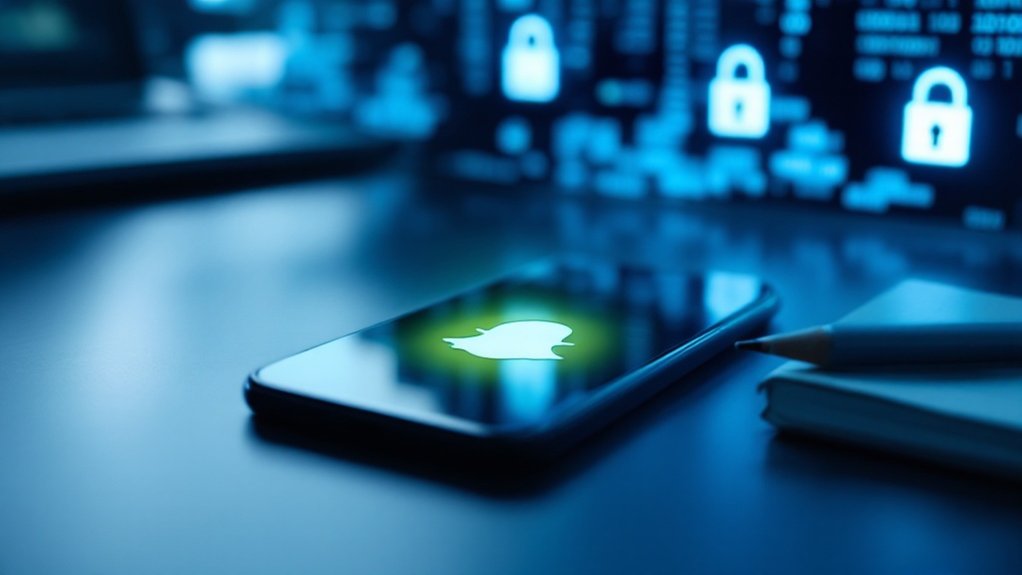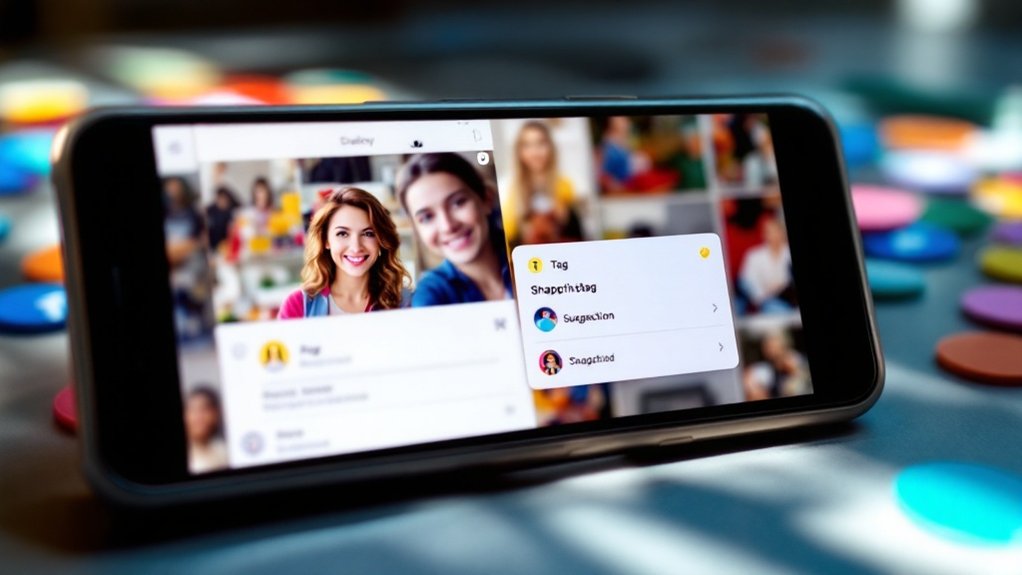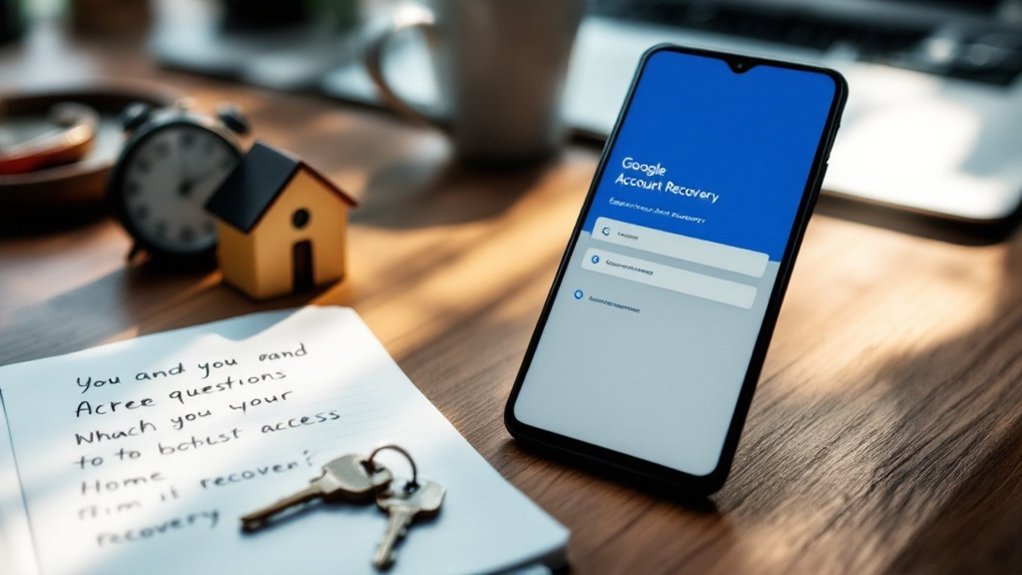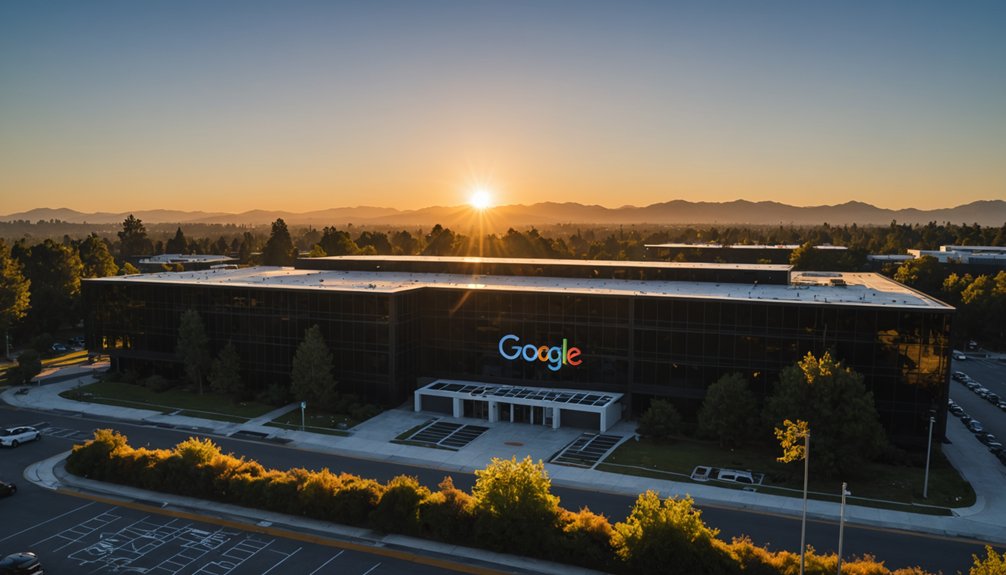Hacked social media accounts require swift action. Document the compromise with screenshots, then immediately contact platform support with your details. Change all passwords—not just the hacked account—and enable two-factor authentication everywhere. Run malware scans on your devices and review third-party app permissions. Tell your followers about the hack; they might be getting weird messages. Nothing's foolproof, but these steps dramatically increase your chances of getting your digital life back.
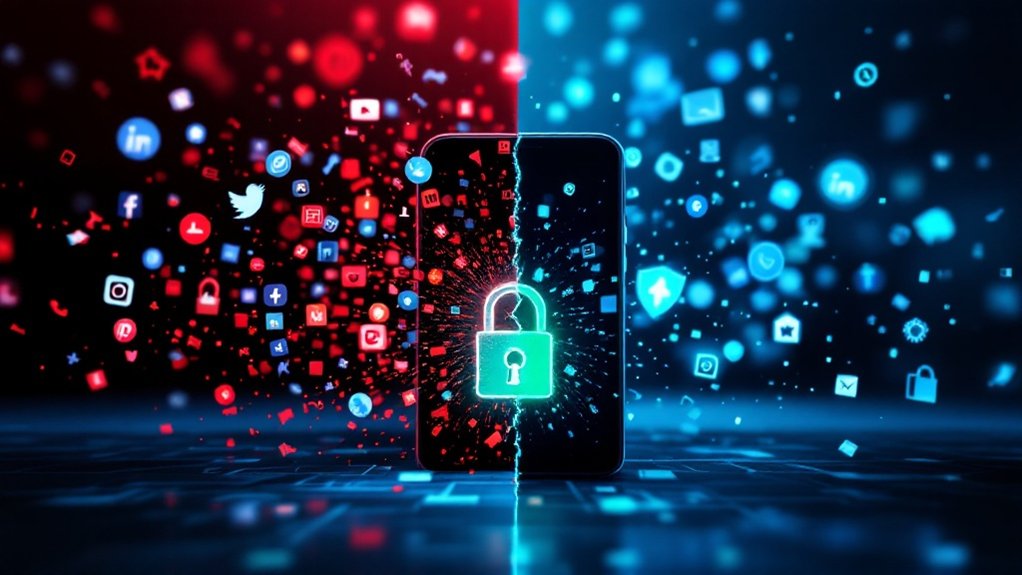
Panic sets in when you discover your social media account has been compromised. That sinking feeling in your stomach – someone else posting as you, sending messages to your friends, or worse. But here's the reality: recovery is possible. Move quickly.
First, identify what's been altered. Strange posts? Weird messages? Changed profile pic? Yeah, that's not good. Document everything. Screenshots are your friend. Stay calm while assessing the situation to avoid making impulsive decisions that could complicate recovery.
Next, contact the platform's support team immediately. Don't wait. Seriously. Every minute counts.
Social media companies deal with this stuff constantly. Facebook, Instagram, Twitter, LinkedIn – they all have specific recovery procedures. Follow them to the letter. Each platform has clear steps requiring you to receive security codes through your email or phone number to verify your identity. Gather your information before reaching out: email addresses, phone numbers, account URLs. Support teams can't help if you're vague about details.
While waiting for a response, change passwords on all your accounts – not just the hacked one. Hackers often use information from one breach to access other platforms. Use unique, complex passwords. None of that "password123" nonsense. That's just asking for trouble. Some platforms like Instagram offer a 30-day grace period before permanent account deletion, giving you time to recover access.
Two-factor authentication is non-negotiable. Set it up immediately after regaining access. It's like having a bouncer for your digital life. Not perfect, but way better than nothing.
Don't forget to run malware scans. Your device might be compromised. Public Wi-Fi is convenient but risky. Avoid using it for password resets or sensitive account activities. Consider downloading your account data before making major security changes in case recovery becomes more complicated.
After recovery, check which third-party apps have access to your accounts. Revoke permissions for anything suspicious or unused. These connections are often overlooked entry points for hackers.
Alert your followers about the hack. A simple "My account was compromised, ignore any strange messages" can prevent further damage. Your friends will appreciate the heads-up.
Monitor your recovered account closely for several weeks. Hackers sometimes leave backdoor access. Continued strange activity? Contact support again.
Remember: prevention beats recovery every time. Regular password updates, security checks, and staying alert to phishing attempts will keep your social presence safer. Nothing's foolproof, but you can make yourself a harder target.
Frequently Asked Questions
How Can I Prevent Social Media Accounts From Being Hacked Again?
Preventing social media hacks isn't rocket science. Strong, unique passwords are a must. No recycling across platforms—that's just asking for trouble.
Enable two-factor authentication immediately. It works. Period.
Watch for phishing scams—they're everywhere these days. Suspicious link? Don't click it. Simple as that.
Keep devices updated and use antivirus software. Public Wi-Fi? Bad idea for logging in.
Monitor account activity regularly. Hackers are persistent. Users need to be vigilant too.
Will Changing Passwords on All Devices Stop Ongoing Hacks?
Changing passwords across devices won't fully stop ongoing hacks. It's a start, but hackers might have already installed malware or gained access through other means. They're sneaky like that.
Device security needs addressing too—malware scans are essential. And those third-party apps? Major vulnerability.
Without multi-factor authentication, new passwords are just a speed bump. Hackers with backdoor access will laugh at your password change while continuing their work.
Security is a package deal, not a one-trick pony.
Can Recovery Tools Retrieve Deleted Content After Regaining Access?
Recovery tools can retrieve some deleted content after regaining access, but don't expect miracles.
Facebook's Download Your Information tool might have copies of deleted posts. The Wayback Machine occasionally catches social media pages. Google Cache? Worth a shot.
Third-party recovery services exist, though many are just cash grabs. Most platforms permanently delete content after 30-90 days.
The harsh reality: once something's genuinely deleted from servers, it's typically gone for good.
How Long Does the Account Recovery Process Typically Take?
Account recovery timeframes vary wildly.
Simple password resets? Minutes. Hacked accounts? Days to weeks.
Platform responsiveness matters—Meta's notoriously slow, Twitter's hit-or-miss.
Business accounts sometimes get priority (shocker).
Documentation slows things down; good luck finding that ID from 2015.
Recovery methods affect timing too—email resets are quick, while selfie verification takes longer.
And platforms with paid verification? They get the VIP treatment.
The rest of us? Just waiting in digital purgatory.
Should I Inform My Contacts That My Account Was Compromised?
Yes, inform contacts immediately. No debate here.
Silence lets hackers spread scams and misinformation using your digital face. Trust gets shredded when followers find out through strange messages or sketchy links.
Multiple channels work best – email, other social accounts, whatever's available. Public disclosure actually speeds up recovery. The platform notices when multiple people report the issue.
Seriously, transparency isn't just nice – it's damage control. Your reputation's on the line.
